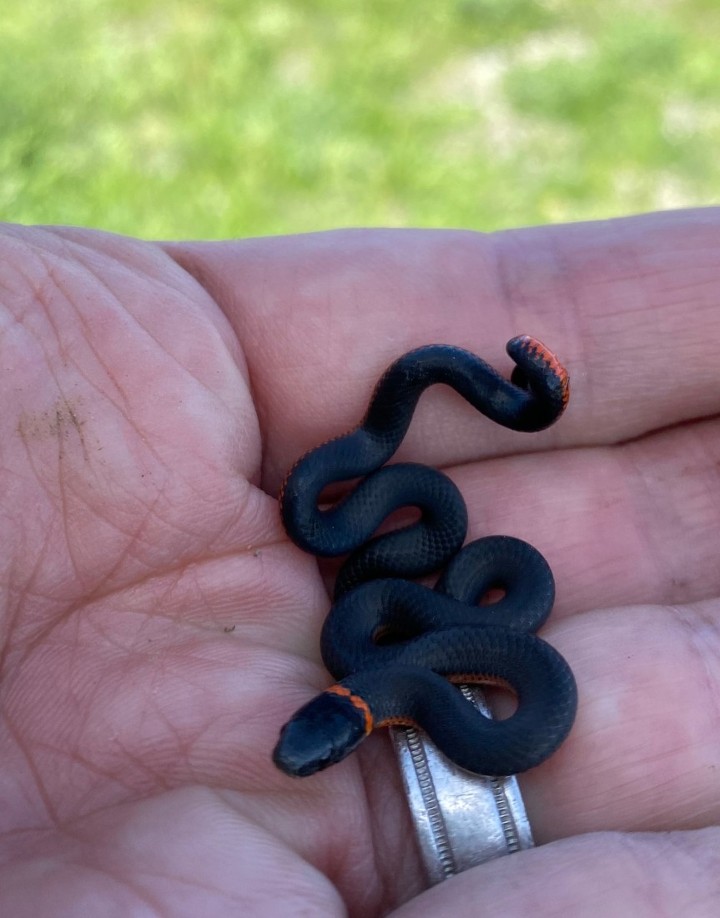SANTA CRUZ MOUNTAINS/TIDEPOOLING
The first snake found on my April 1-10 Bay Area visit was this awesome Rubber Boa. When most people hear the word “boa” they think of a tropical serpent of gigantic proportions. But not only is the Rubber Boa the most northerly-occurring member of the boa and python family, it also is rather small, never getting to 3 feet in length.
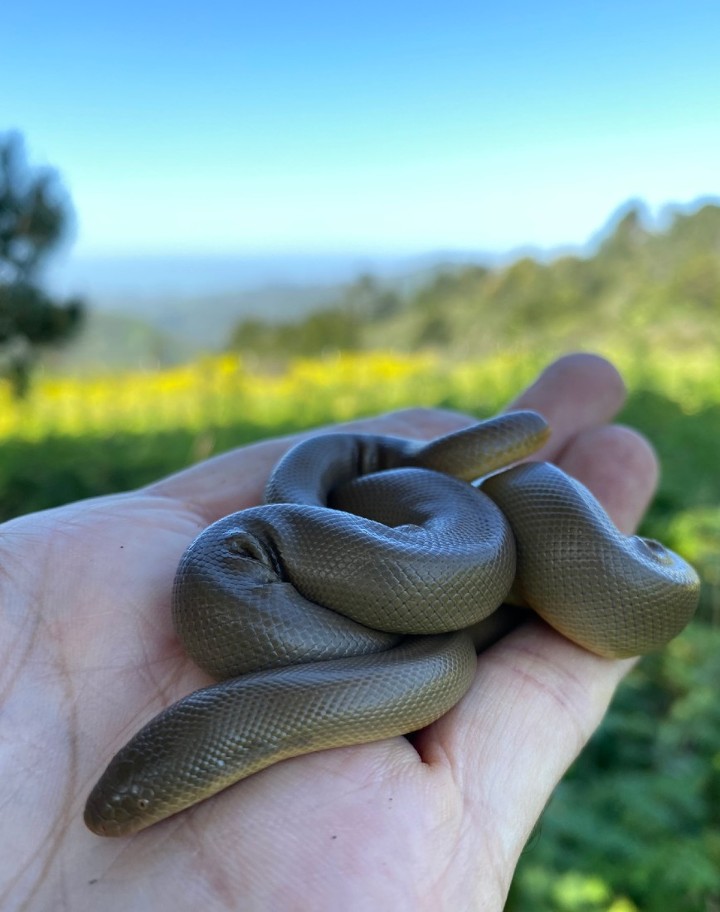
Santa Cruz are my favorite species of garter snake, seeing this one on day one of the trip was a welcome find. This species fills the ecological niche of a water snake in the Golden State; it is often found around ponds and creeks.
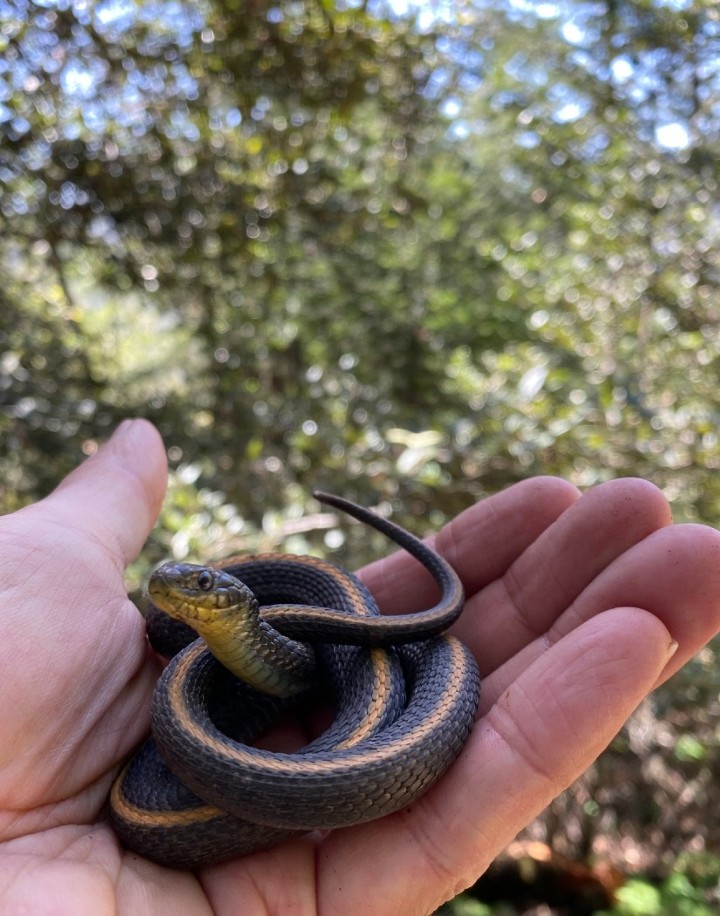
One of a few Southern Alligator Lizards that were found. The common name “alligator lizard” is a reference to the fact that the back and belly scales of these lizards are reinforced by bone, as they are in alligators.

The Northern Pacific Rattlesnake is the most widely distributed venomous reptile in California. Rattlesnakes add a rattle to their string each time their skin is shed. The rattle is composed of hardened keratin, the same material as a human’s fingernails.
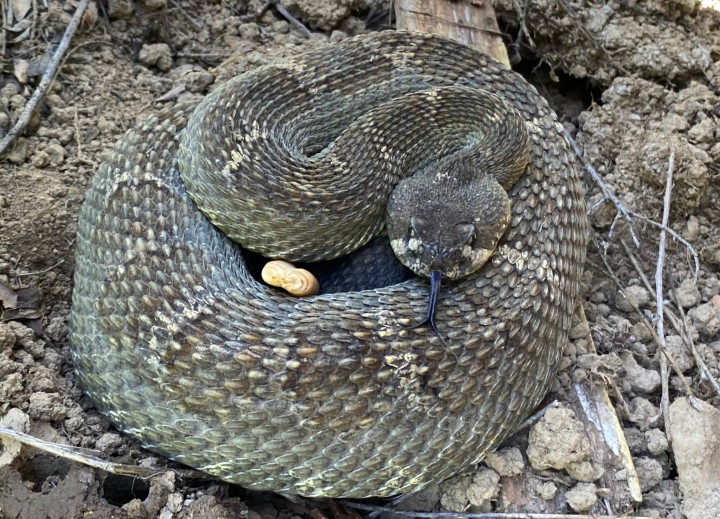
The Pacific Gopher Snake can produce a loud hiss when agitated or fearful. This species will also inflate its body, flatten its head and vigorously shake its tail when threatened.
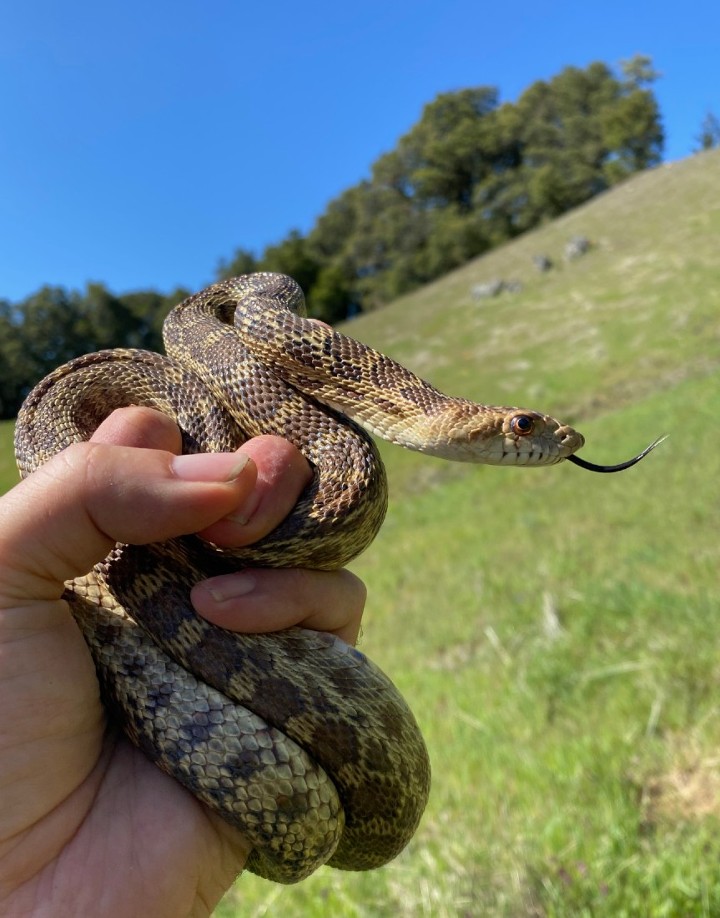
I took a break from herping to go tidepooling in the morning of the second day of my visit to California.
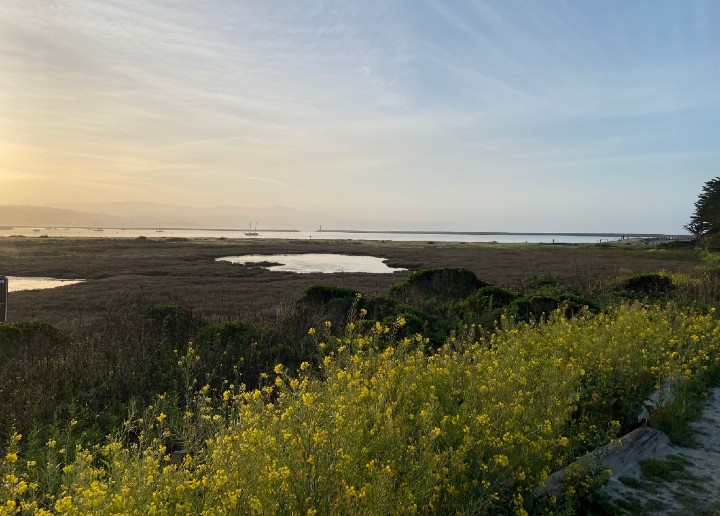
Kelp Crabs are found in rocky intertidal areas, kelp beds and around structures such as pier pilings. These creatures will sometimes attach pieces of kelp to the points on their carapace (shell), saving them to eat later.
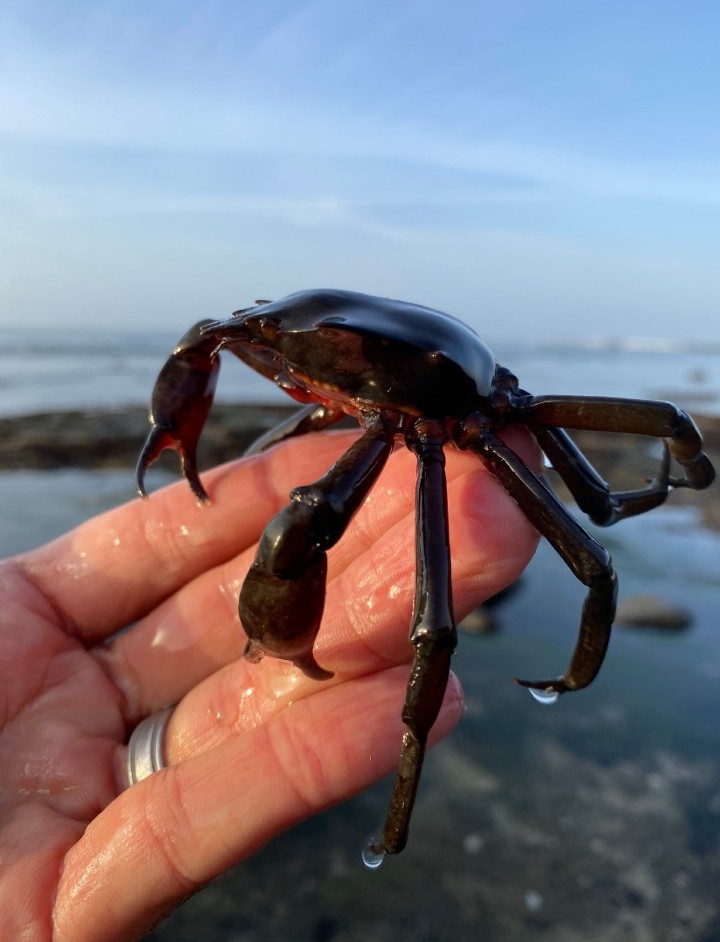
The Fluffy Sculpin is also sometimes known as "The Lizard Fish."
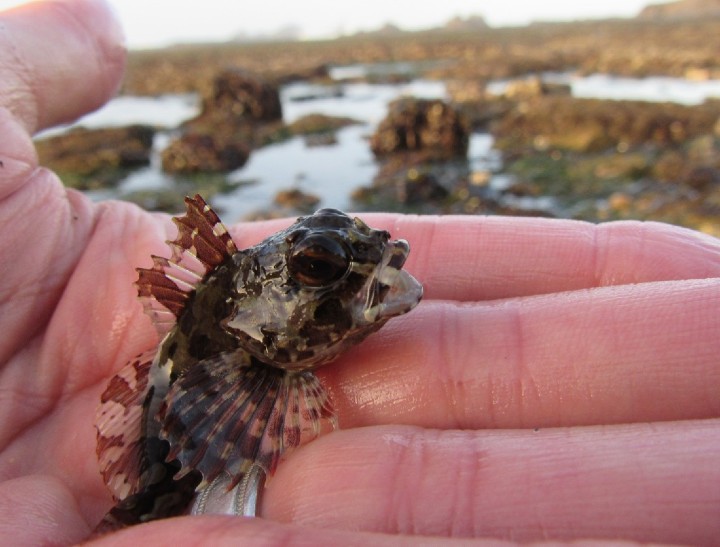
My first ever encounter with a Rock Gunnel, several were found on the trip.
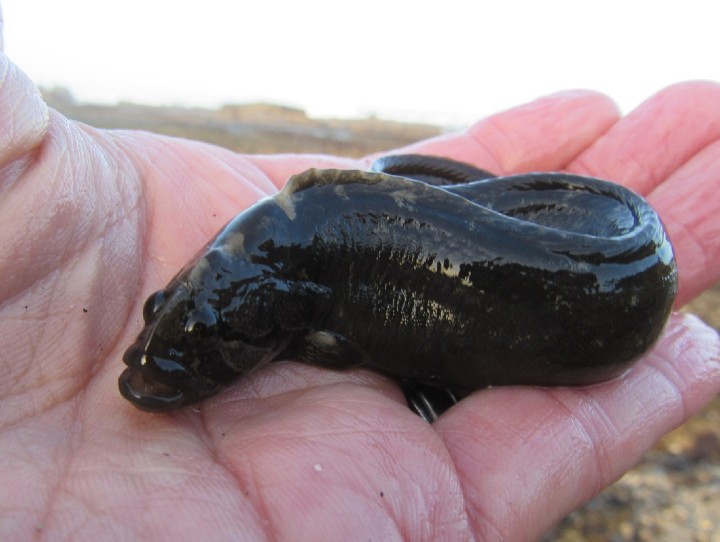
Red Rock Crab - This cool creature crushes barnacles with its large pincers and eats them. It also eats smaller crabs, sea cucumbers, and many other intertidal invertebrates, as well as fish.
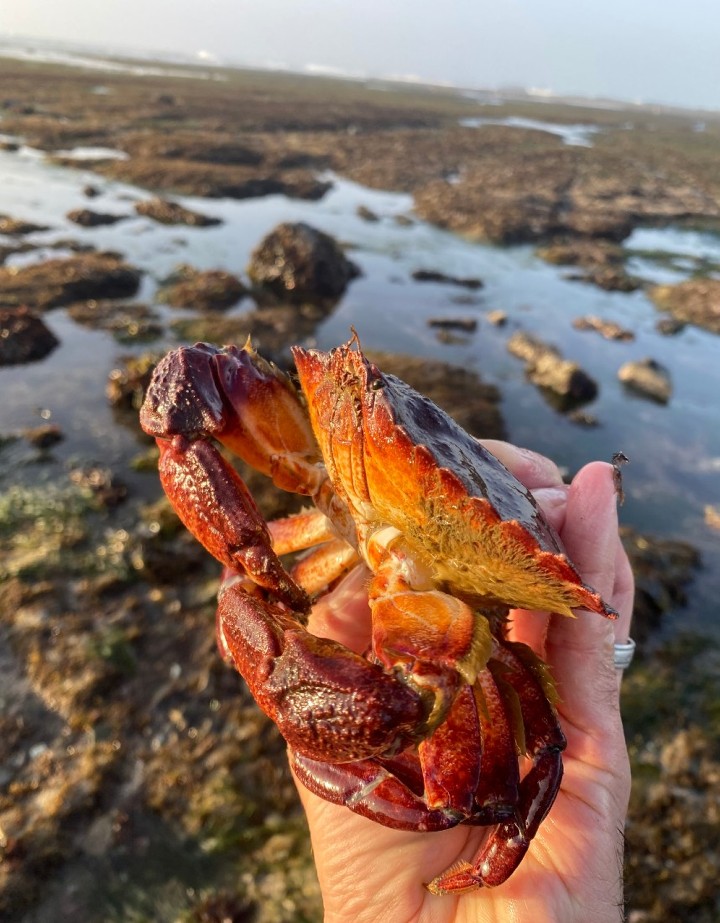
One thing that is noticeable about some species of Sculpins is their massive heads, especially when compared to their tidepool peers.
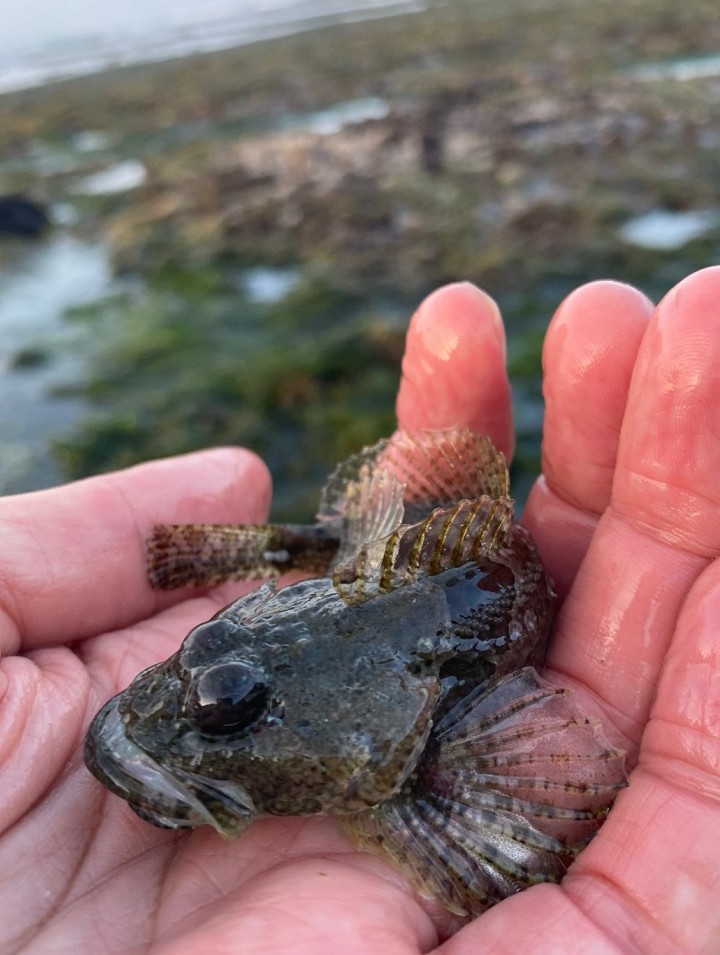
A California Slender Salamander that was crossing the walking path as I was leaving the area where I was tidepooling.
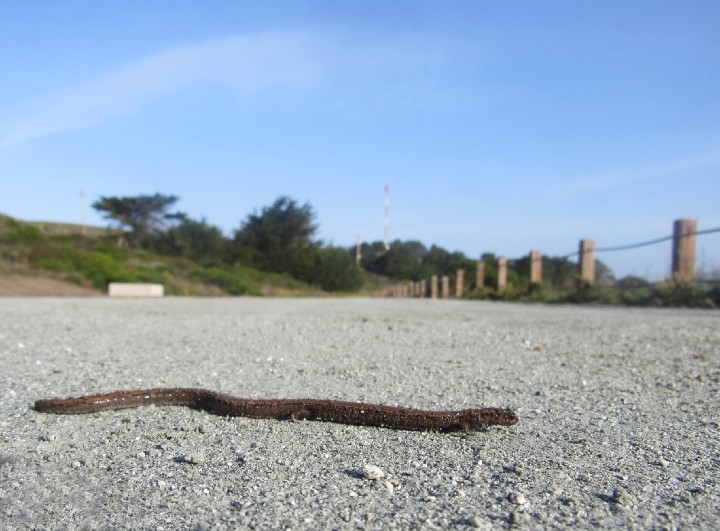
Herp habitat in the Santa Cruz Mountains.
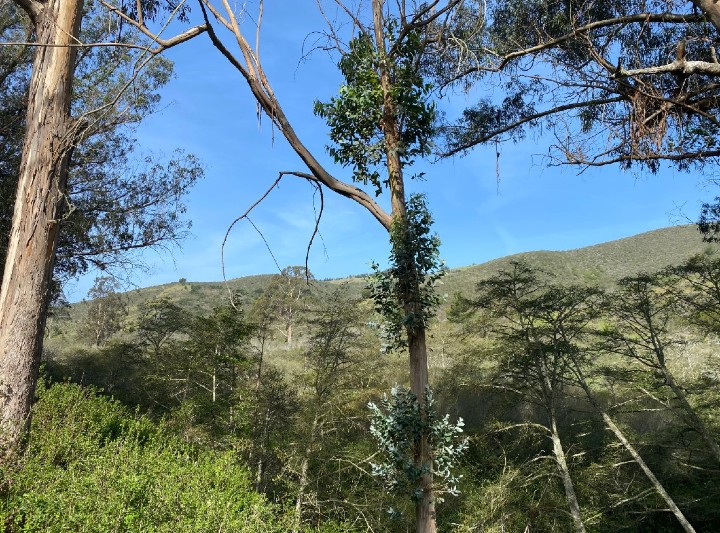
The first of a few Coast Garter Snakes that were found on the trip. This one was probably born last year.
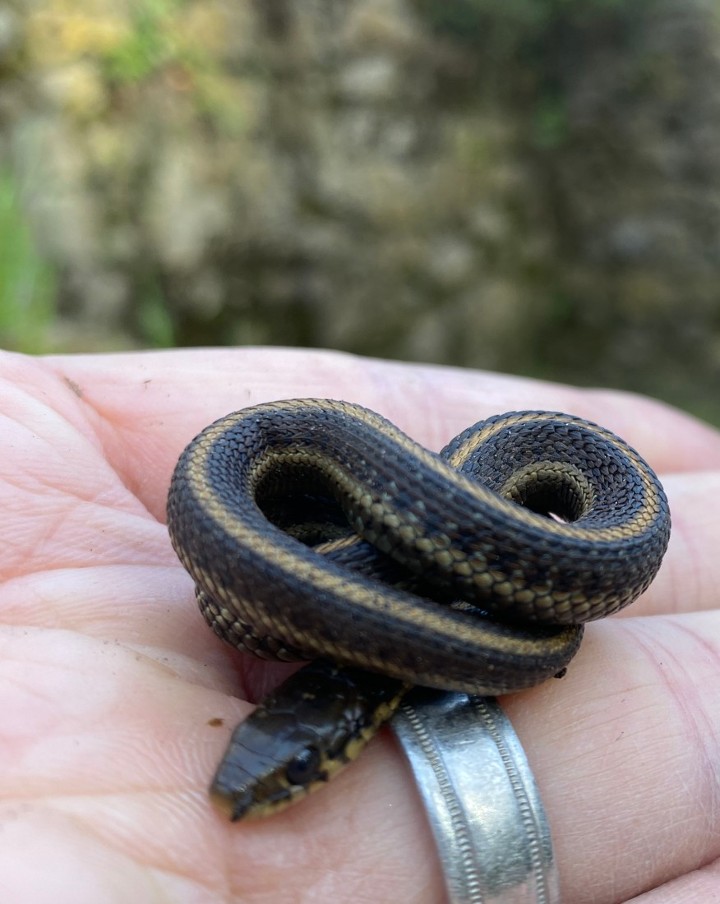
California Slender Salamanders have short limbs, a long, slender body with a narrow head and a very long tail. This gives them a worm-like appearance.
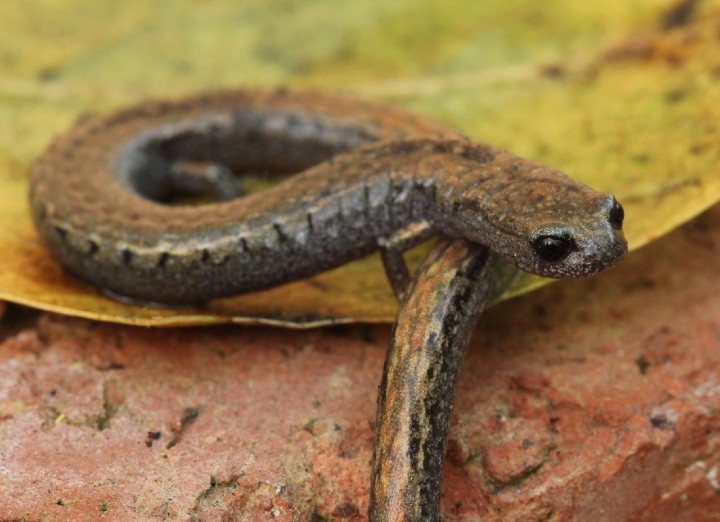
The smallest serpent found on the trip was this juvenile Pacific Ringneck Snake.
